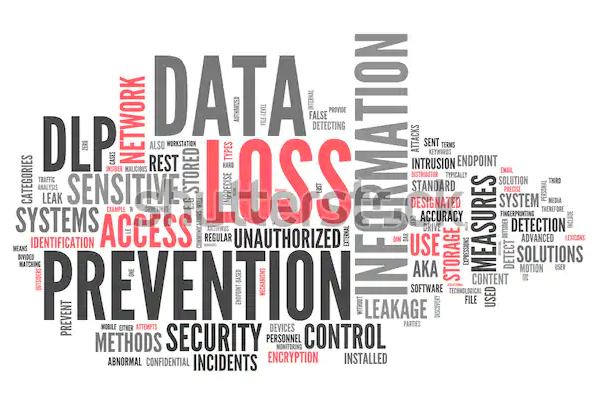Many people think that data leakage and data loss are the same but they are not. Data loss and data leakage both are practically data breach, but handling both issues needs a precise understanding of both. Data loss includes cases where data is lost to some virus attack or due to a faulty hard drive or may be due to carelessness which might result in data loss in an irrecoverable manner.
Data leakage is different. It is a risk that all organizations have to bear. Organizations have personal records of their employees. There are various trade secrets that the companies have. There can be sensitive patient data or financial information which needs to be kept secret. Data leakage occur when any of these sensitive data sets are cascaded to complimentary systems. Leakage can be avoided by having a high level of protection in all cases. Simply defined, data leakage is transfer and transmission of data from the organization’s system to any other system without authorization.
Firstly, to keep the data safe from any data leakage is to classify the data that an organization has into categories which clearly identify the data that needs more security. Organizations need to be clear about the aspects which make a data set sensitive for them. Automated security can help in avoiding data leakage.
Secondly, sensitive data proliferation is important. The functions that can make the sensitive data of an organization flow out of its system needs to be detected and analyzed. The outflow of sensitive data is possible due to some analytical reports or due to the consumption of data in applications which are downstream in the organizational information flow plan. Also, if partner association is managing data flow, they might not be able to identify data that is very sensitive for any particular organization.
One practical step that should be taken to avoid data leakage is to have a data flow map marking the upstream and downstream sources. Automated solutions are required to monitor the data flow according to the map.
Thirdly, The organizations that are worried about data leakage should detect the flow of sensitive data across the organization’s systems so that flow of this data can be kept under check. Every organization has some privacy laws for protecting its data from any misuse. The flow of sensitive data should be studied in line with those laws.
Monitoring activities and viewing data usage is the best possible way to avoid data leakage. Automated solutions can easily differentiate between typical activities on the organization’s data flow system and some anomalous activities. Misuse or leakage of data is possible through stolen credentials to gain access to sensitive data, through users who are rogue or through third party contractors. Automated solutions can help organizations in protecting their sensitive data from leakage.
These tips can help in identifying the possibilities of data leakage. Prevention of the same is possible by having restricted access to data, alert and block system, encryption of data, data masking and tokenization. For keeping the data secure, a combination of these strategies and techniques can be used.
